Types Of Insects
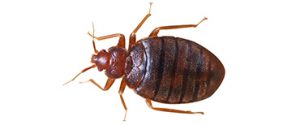
Some people call the bed bug a vampire bug, because of their need to sustain blood. Bed bugs have a flat oval shaped body where their color is determined by what they fed on last. Bed bugs thrive near or in beds and beneath floor coverings. Ask about our thermal heat treatment.
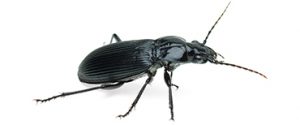
There are over 2,000 species of Ground Beetles in North America. These beetles actually help reduce weeds in gardens and eat other insects, but nobody wants them in their homes. Ground Beetles are attracted to humid dark areas around your home. They also like leaves and tree bark.
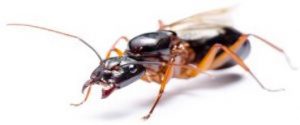
The carpenter ant is black in color and larger than most other types of ants. Colonies of carpenter ants can grow to almost 20,000 strong and can cause major structural damage to the frame of a house or building if not eliminated. The carpenter ant is also considered a wood destroying insect.
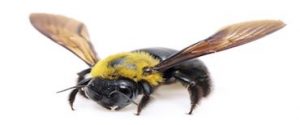
Male Carpenter Bees do not have stingers, but the females do and on rare occasions will sting you if threatened. The sting from a female carpenter bee can be painful and cause a red swollen welt that may hurt for a few days. People that are allergic to bee venom might have a worse outcome.
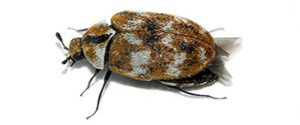
Carpet beetles, as their name implies, sometimes infest carpets. Similar to clothes moths, the pests also feed on many other items composed of wool, fur, felt, silk, feathers, skins, and leather. Such materials contain keratin, a fibrous animal protein which the larvae are able to digest.
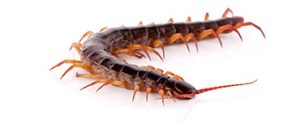
The centipede thrives in moist damp areas in and around your home or business. A centipede can grow up to 2 inches long with over 180 legs. They are actually good for killing other insects but most people still can’t stand their slimy presence at home or work. You can find centipedes in damp cold areas of your home.
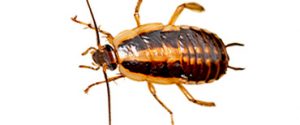
The German Cockroach is a very common roach that lurks near and in food source areas. They like garbage cans, kitchens, cups, plates , utensils, sewers and are known carriers of germs and bacteria. Cockroaches produce allergens that can lead to allergies and asthma. Nobody likes cockroaches.
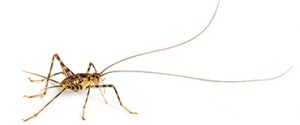
Crickets (Cave Cricket Shown Here) are about one inch long in length. The famous loud noise a cricket can make is contributed to it’s raising of it’s leg and rubbing against it’s other leg. The higher the temperature the louder noise that they make. They will live in warm areas in your home beneath rugs or in clothing.
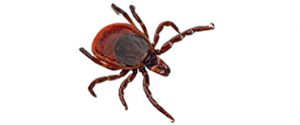
Deer ticks can be found in thick forests, open and grassy fields.
They transmit bacteria that causes lyme disease which can be fatal to animals, pets and humans. A deer tick is about the size of a small seed and males are black while females are reddish in color.

ALSO KNOWN AS THE “PINCHER BUG”. The Earwig likes dark damp areas and can be found under carpeting, newspapers, magazines and pipes. They will slither their way into small cracks and crevices as well. Have you found your pest ? If so, Call 732-636-3777 Family owned and Operated since 1932.
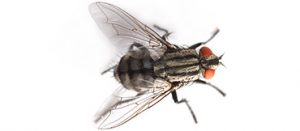
The house fly (shown) feeds on dead animals, rodents fecal matter and is a very common insect. House flies are known carriers of anthrax, tuberculoses and other poisons. Gray in color the house fly can grow into an adult in seven days.
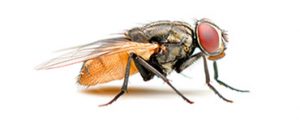
Some places fruit flies breed include mops, trash containers, empty bottles and in produce like bananas, onions, melons, grapes, strawberries and dirty rags. Once a fruit fly lays it’s eggs they only take up to 24 hours to hatch. Fruit flies are known carriers of bacteria and disease. Call today 732-636-3777
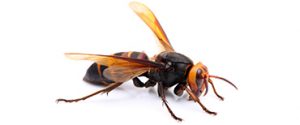
Hornets are sometimes confused with wasps, but they are usually much larger than wasps. It has been suggested that hornets are not as likely to sting humans as a wasp might, but any creature who is threatened always has the ability to defend themselves by striking back. 732-636-3777
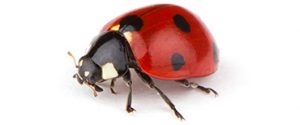
Lady Bugs live for only about a year and can bite or prick humans, usually when they are scared. It has been said that a natural repellant against Lady Bugs is Lavender. Like many other insects, they seek warmth in your homes during the cold months. If you would like help removing your Lady Bugs, call us 732-636-3777
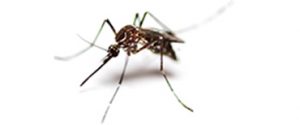
There are over 200 types of Mosquitos in the United States, but only 12 actually spread germs with consequences to humans. The West Nile and The Zika Viruses are probably the most talked about. Most mosquitoes are nuisance mosquitoes. They are a pain in the neck, especially if they pierce you there.

Pavement ants are known to nest under driveways, sidewalks and the foundations of structures, alongside a houses garage. These ants are capable of carrying germs and disease and can contaminate human and pet foods. They especially like sweet foods.
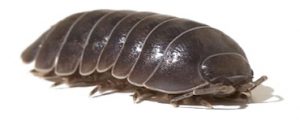
Pill Bugs get their name because when they are scared they roll up and look like little pills. You can find pill bugs in moist areas under wood logs, stones and thick organic matter. Sometimes called the wood louse, this soft bellied insect has seven pairs of legs and pointy angled antennae.
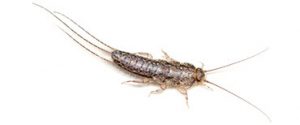
Silverfish get their name because they look silver. This wingless insect is barely seen because it is nocturnal only coming out at night. This insect is said to be over 300 million years old. Their diet consists of glue, paper, starch, cereals and other insects. They like moist areas and have two long antennae.
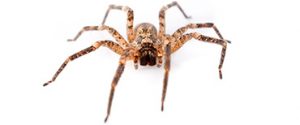
Other than how “creepy” spiders can be to people, House Spiders are harmless to humans. Some spiders can bite, but these circumstances are rarely fatal. Spiders primarily feed on flies, roaches, mosquitos and moths. They don’t like citrusy aromas such as lavender, rose or cinnamon
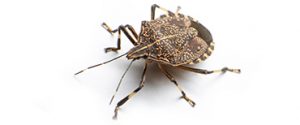
The stink bug gets their name because when they are scared or feel threatened they give off a foul smell that you won’t forget. Their body shape allows them to get into your home through door frames, roof shingles and any very thin opening. These slow moving bugs can eat your plants and even kill them.
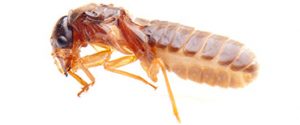
Termites feed on wood and paper products. With an average colony reaching about 300,000 in size. Termites lose their wings when mating and often times these scattered wings can be a good indication that termites are present in your home or business. If not caught in time termites can cause serious damage to structures.
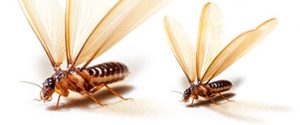
Winged Termites do not sting humans and are not a threat to your pets. However, they still have the ability to destroy homes if not detected soon enough. These termites like to make their nests in corners of dwellings in your wood trim, gutters and around piping.
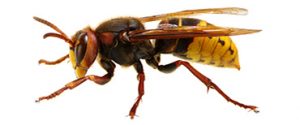
There are over 30,000 species of wasps. Wasps are hunters of other insects and are known for their ferocious painful sting. Even though they kill other annoying insects they also can cause damage around your home with the nests they build. Wasps only live between 11-22 days, but while they are alive, they can sting you.
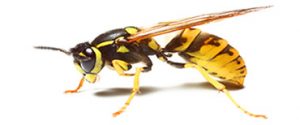
Yellow jackets are very social insects that live in large colonies. Yellow Jackets do have stingers and are more aggressive than wasps and will sting humans when feeling threatened. This can often hurt and leave marks on your body. Yellow jackets feed on other insects.
